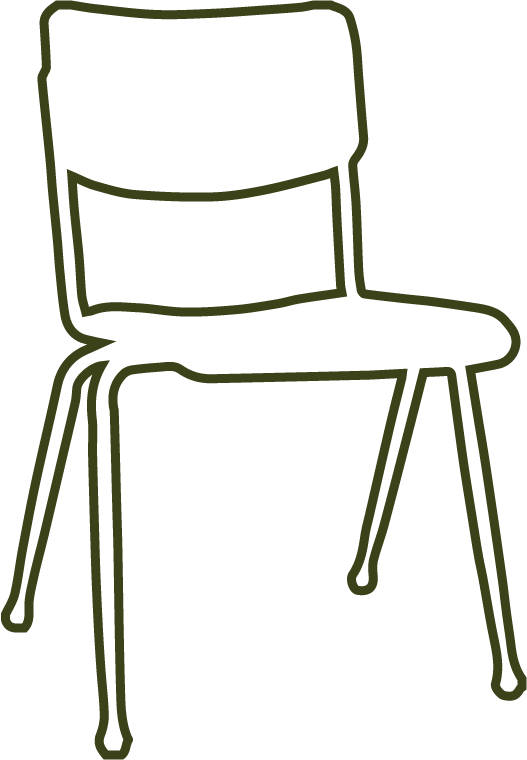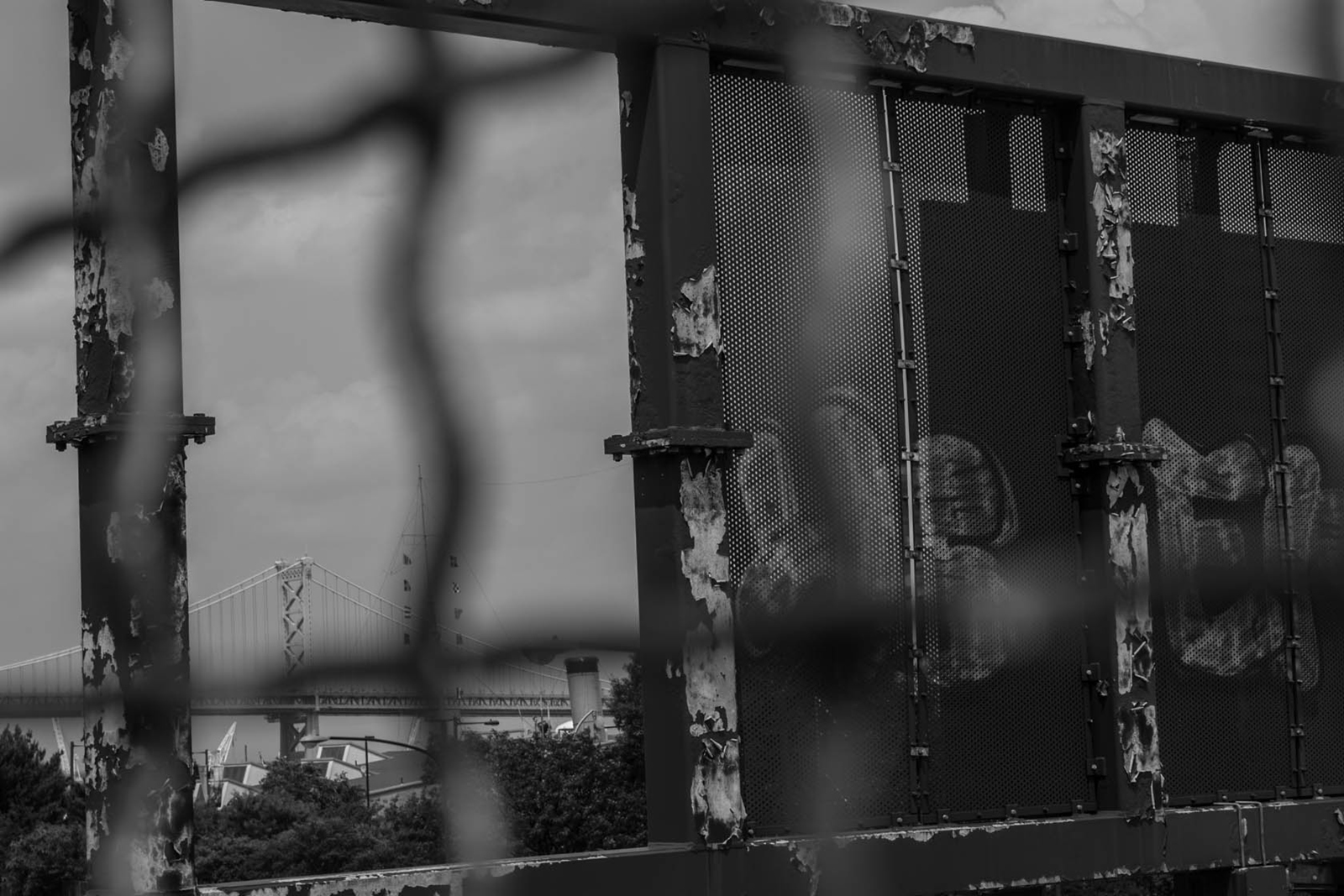…there is a wild beyond to the structures we inhabit and that inhabit us.
–Jack Halberstam, “The Wild Beyond”
The city I imagine is both a real place and an idea. It is the secret outdoor space at the foot of Elfreth’s Alley where you can sit and be alone in the afternoon, the hump on the back of the man making hoagies in the Reading Terminal Market, the pennies on Ben Franklin’s grave, the high-pitched voice of the old man wandering along Girard Avenue, looking just like Walt Whitman in tattered 70s polyester. It is the pleasures of the senses of all of these things and it is also my capacity to find them interesting, my joy in moving through them and reimagining myself in relation to them. There is a doubleness at work here, a way in which the city requires of me a capacity for play. If I am *there,* then a kind of playful willingness to engage is necessary. When I am in the city, the city is, perhaps equally, in me and to the extent that my neural pathways are lit up by my urban adventures, I am possessed by the ecstasy of connection.
Is it the same doubleness, or a second doubleness, that allows my city-playing to also allow me to connect very deeply to the experience of disconnection that the city provides. To perceive the myriad othernesses that separate the city lives with one another. To feel the mutual mistrust of the races, the sexes, the classes on the train. To know the dance of eyes that all look away.


 Mark Lord
Mark Lord